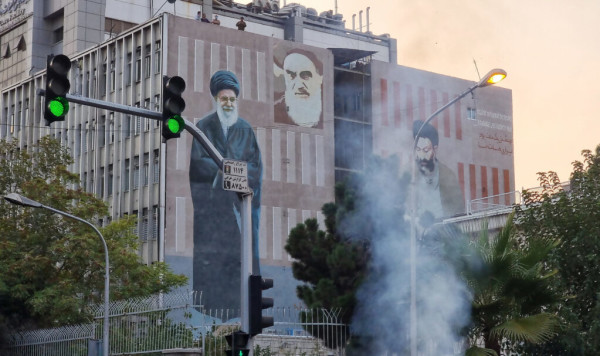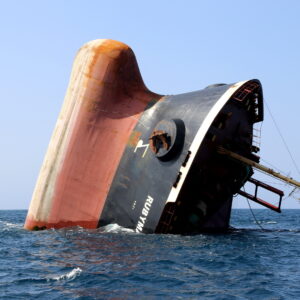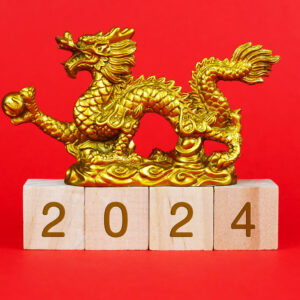Private View Blog: Tensions in Tehran might just lead to a slightly more modern Iran

We should not expect regime change, but widespread protests in Iran could lead to some social changes
One of the more remarkable places I have visited is the ancient fortress of Bam, in south-eastern Iran. Hidden behind high walls, there is initially little sense of the magnitude of this citadel, which in its full vista looks almost like a film set. I was lucky enough to see it just before it was destroyed in an earthquake, though it has now been largely reconstructed.
At the time, in the post 9/11 world, Iran had been castigated by then-US president George W Bush as part of the ‘axis of evil’, though it managed to use the war in Iraq and the eruption of the Arab Spring across Syria to deepen its tentacles across the Middle East.
My sense of Iran then was that for many of the things we believed about Iran from a Western point of view, the opposite was true, and I suspect that this is still the case, especially with respect to Iranians themselves. Iran has a very deep and rich heritage, matched by an enduring modern middle class and broad level of education across its population.
It is however, tightly controlled by a small, inward-looking and harsh theocracy, aided and abetted by the Revolutionary Guard who exert de facto control over the Iranian economy as well as other sectors.
Iran has for many reasons been the centre of geopolitical intrigue – which is one reason why the Iranian state is structurally distrustful of Britain and the US – and today, it is the locus of an increasingly open ‘secret’ war with Israel.
Protests
Against this complicated backdrop the protests across Iran by men and women, triggered by the death of Mahsa Amini following her arrest by the morality police, are important. In essence the protests were triggered by the new president Ebrahim Raisi’s desire to enforce strict Islamic decorum by increasing the number and vigour of the morality police.
In a country with a very large young population that has a hunger for a more progressive society and where there is a growing gender consciousness (the film the Stoning of Soraya M. is not only a good film but also a reminder of how the odds were stacked against Iranian women), such a repressive measure was a bad idea.
More than 100 people have now died in Iran since the murder of Ms Amini. While protests are widespread and frequent across Iran this one may have an enduring effect. One is that Iran’s supreme leader, Ayatollah Khamenei, is in poor health, and while a changing of the guard may not yield a reform-minded leader, he might be more pragmatic. Second, the ‘headscarf’ protests could feed broad public civil disobedience (women might stop wearing headscarfs altogether) that might then set in train broader social changes.
It is unlikely however, to produce what some call ‘regime change’ – the Iranian state is far too repressive to permit this, and there is sufficient paranoia and nationalism in Iran that any attempt at regime change would be perceived as an outside intervention in Iranian affairs.
The prospect of a slightly more modern Iranian state throws up an intriguing dilemma for those negotiating the Iran nuclear deal (JCPOA), which is now on its last legs. Do they do everything possible to ‘break’ the Iranian regime, or risk allowing a deal and the easing of sanctions that might open up Iran’s economy and society?
The Saudi factor
While Israel will have a very powerful voice in these deliberations behind the scenes, recent events in Saudi Arabia may also become a factor.
Saudi Arabia’s very public cutting of oil production in tandem with Russia is effectively a ‘rogue’ turn by them, given the military and geopolitical support they have enjoyed from the US over the years. Not only is Iran the polar opposite of Saudi Arabia socially, but it has hitherto been on the opposite side geopolitically. It is too much to say that Saudi Arabia’s alignment with Russia (Iran is a close partner) heralds a decisive shift in the geopolitics of the region, but this week there is a sense that long-standing relationships are beginning to break down.
From an investment point of view, tensions within Iran and in particular between Saudi Arabia and the US, mean the oil prices continue to be supported by geopolitical risk.
Michael O’Sullivan is author of ‘The Levelling – what’s next after globalization?’ Follow him @levellingbook



